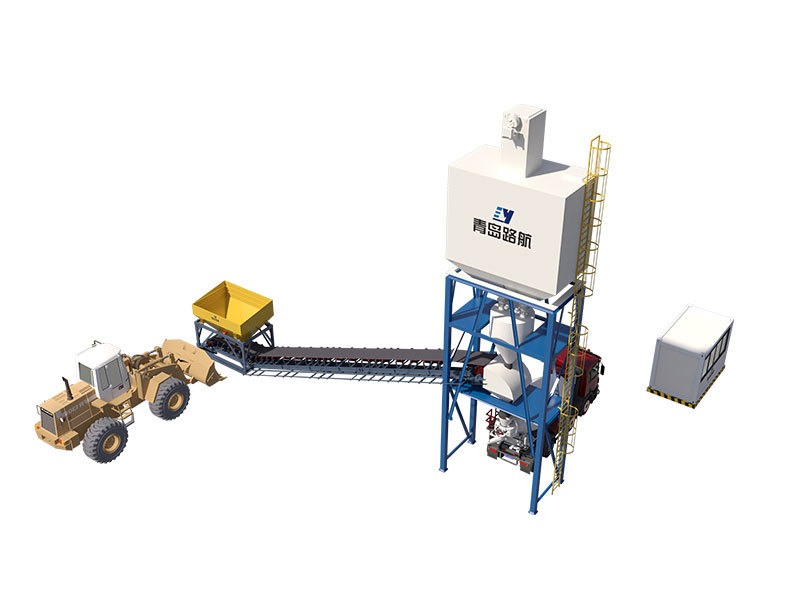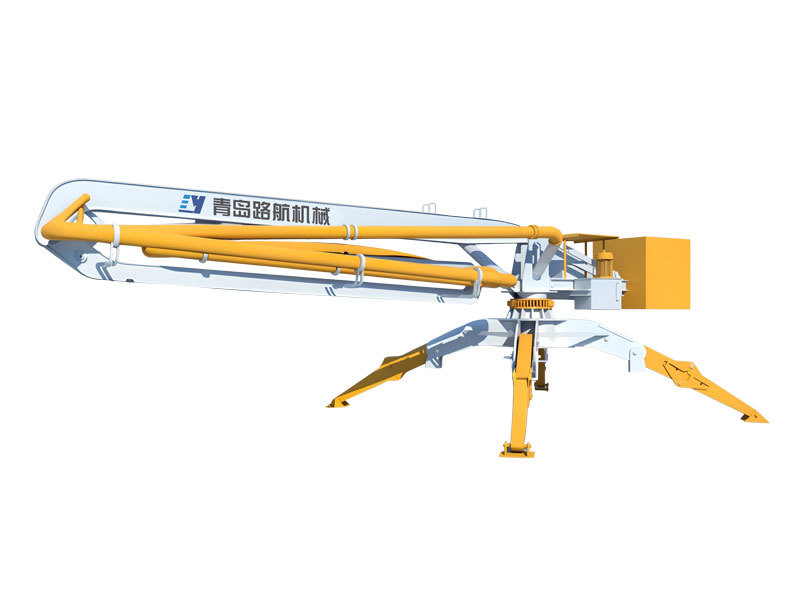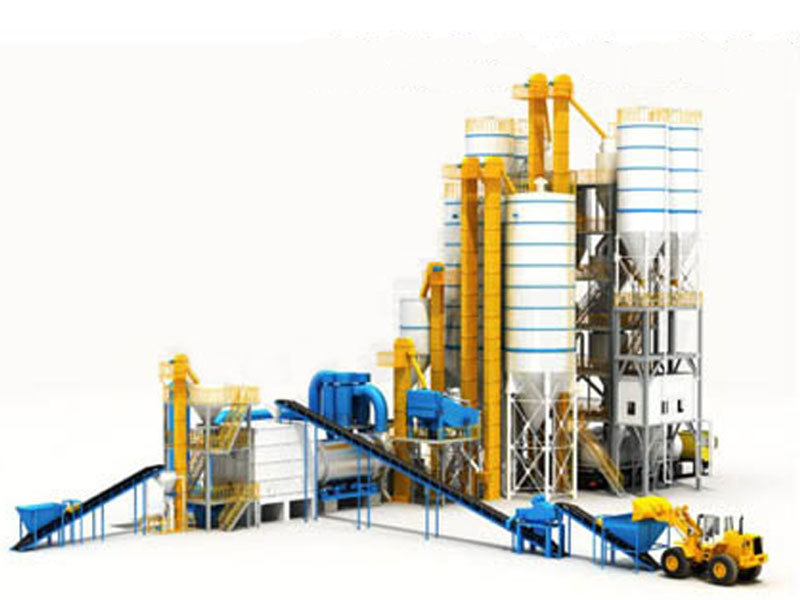Troubleshooting Common Issues with Stirring Drag Pumps in Manufacturing: A Comprehensive Guide
Release time:
Jul 03,2025
Troubleshooting Common Issues with Stirring Drag Pumps in Manufacturing Manufacturing environments often rely on stirring drag pumps to efficiently transport and mix fluids. These pumps are integral to the production process in various sectors, including chemical processing, food and beverage, and pharmaceutical manufacturing. However, like any piece of machinery, stirring drag pumps can encounter

Troubleshooting Common Issues with Stirring Drag Pumps in Manufacturing
Manufacturing environments often rely on stirring drag pumps to efficiently transport and mix fluids. These pumps are integral to the production process in various sectors, including chemical processing, food and beverage, and pharmaceutical manufacturing. However, like any piece of machinery, stirring drag pumps can encounter issues that hinder their performance. This guide will delve into common problems faced by stirring drag pumps and provide effective troubleshooting strategies to enhance their reliability and productivity.
Table of Contents
1. Introduction to Stirring Drag Pumps
2. Operational Principles of Stirring Drag Pumps
3. Common Issues with Stirring Drag Pumps
- 3.1 Improper Mixing
- 3.2 Leakage Problems
- 3.3 Unusual Noise
- 3.4 Overheating
4. Troubleshooting Strategies for Stirring Drag Pumps
- 4.1 Routine Maintenance
- 4.2 Technical Assessment
- 4.3 Replacement Parts
5. Best Practices for Preventive Maintenance
6. Conclusion
7. FAQs
Introduction to Stirring Drag Pumps
Stirring drag pumps are designed to facilitate the movement of viscous fluids and slurries within manufacturing setups. Their operational efficiency is critical in ensuring consistent production rates and quality. Understanding the components and functionality of these pumps is the first step in diagnosing issues that may arise.
Operational Principles of Stirring Drag Pumps
At their core, stirring drag pumps utilize a combination of mechanical agitation and hydraulic principles to mix and transport fluids. The pump's rotor and stator work together to create a vortex that draws in the fluid and propels it through the system. This process is crucial for applications that involve thick or heavy materials, as traditional centrifugal pumps may not achieve the necessary flow rates or mixing capabilities.
Common Issues with Stirring Drag Pumps
Despite their design and purpose, stirring drag pumps are susceptible to various issues that can impact their performance. Understanding these problems can lead to timely and effective solutions.
3.1 Improper Mixing
Improper mixing is one of the most prevalent issues faced by stirring drag pumps. This can result from several factors, including:
- **Insufficient Pump Speed**: If the pump is not operating at the required speed, the mixing process may be ineffective, leading to uneven fluid consistency.
- **Inadequate Agitation**: Insufficient agitation can lead to sedimentation or separation of components within the fluid, affecting product quality.
3.2 Leakage Problems
Leakage can occur for various reasons, and it poses significant risks in manufacturing settings. Common causes of leakage include:
- **Worn Seals and Gaskets**: Over time, seals can wear out, leading to fluid leaks that not only affect efficiency but also pose safety hazards.
- **Improper Installation**: Incorrectly installed components can create gaps that allow for fluid escape.
3.3 Unusual Noise
Unusual noises emanating from the pump can indicate underlying problems, such as:
- **Cavitation**: This occurs when vapor bubbles form and collapse within the fluid, producing a distinctive noise and causing damage to the pump components.
- **Imbalance in Rotating Parts**: Misalignment or imbalance in the rotor can create excessive vibrations and noise.
3.4 Overheating
Overheating of stirring drag pumps is a critical issue that can lead to system failures. Causes include:
- **Excessive Viscosity**: A fluid that is too thick for the pump's design can cause increased friction and heat.
- **Insufficient Cooling**: Inadequate cooling mechanisms can prevent proper heat dissipation, leading to overheating.
Troubleshooting Strategies for Stirring Drag Pumps
Identifying and resolving issues with stirring drag pumps requires a systematic approach. Here are effective troubleshooting strategies:
4.1 Routine Maintenance
Implementing a routine maintenance schedule is essential for prolonging the life of stirring drag pumps. This includes:
- **Regular Inspections**: Check for signs of wear and tear, including leaks, noise, and other irregularities.
- **Lubrication**: Ensure that all moving parts are adequately lubricated to reduce friction and wear.
4.2 Technical Assessment
Conducting a thorough technical assessment involves:
- **Pressure Testing**: Evaluate the performance under controlled conditions to identify any drop in efficiency.
- **Vibration Analysis**: Monitor vibrations to detect imbalances or misalignments early.
4.3 Replacement Parts
When troubleshooting leads to the conclusion that parts need replacement:
- **High-Quality Components**: Always opt for OEM (Original Equipment Manufacturer) parts to ensure compatibility and reliability.
- **Professional Installation**: Engage experienced technicians for part replacements to prevent installation errors.
Best Practices for Preventive Maintenance
To mitigate the risk of issues arising with stirring drag pumps, it is crucial to adopt best practices for preventive maintenance. These practices include:
- **Training Staff**: Ensure that all operators understand the functioning of the pumps and can identify early signs of trouble.
- **Documentation**: Keep detailed records of maintenance activities and repairs to identify recurring issues and trends.
- **Fluid Analysis**: Regularly analyze the fluids being processed to ensure they are within the specifications for pump operation.
Conclusion
Troubleshooting common issues with stirring drag pumps is a vital aspect of ensuring efficient manufacturing processes. By understanding the operational principles, recognizing common problems, and implementing effective troubleshooting strategies, manufacturing facilities can enhance the reliability of their pumps. Regular maintenance and adherence to best practices can significantly reduce downtime and operational costs, ultimately leading to improved productivity and product quality.
FAQs
1. **What are the signs of a failing stirring drag pump?**
Common signs include unusual noises, leaks, overheating, and poor mixing performance.
2. **How often should stirring drag pumps be maintained?**
Routine maintenance should be performed regularly, typically every three to six months, depending on usage.
3. **Can I repair my stirring drag pump myself?**
While minor issues may be addressed, complex repairs are best left to trained professionals to ensure safety and functionality.
4. **What types of fluids can stirring drag pumps handle?**
Stirring drag pumps are designed to handle a wide range of fluids, including viscous slurries and thick liquids.
5. **How do I know if my pump needs replacement?**
If the pump frequently malfunctions, shows signs of excessive wear, or cannot meet operational demands, it may be time for a replacement.
By taking these insights into account, manufacturers can better troubleshoot and maintain their stirring drag pumps, ensuring operational efficiency and product quality in their processes.
Key words:




